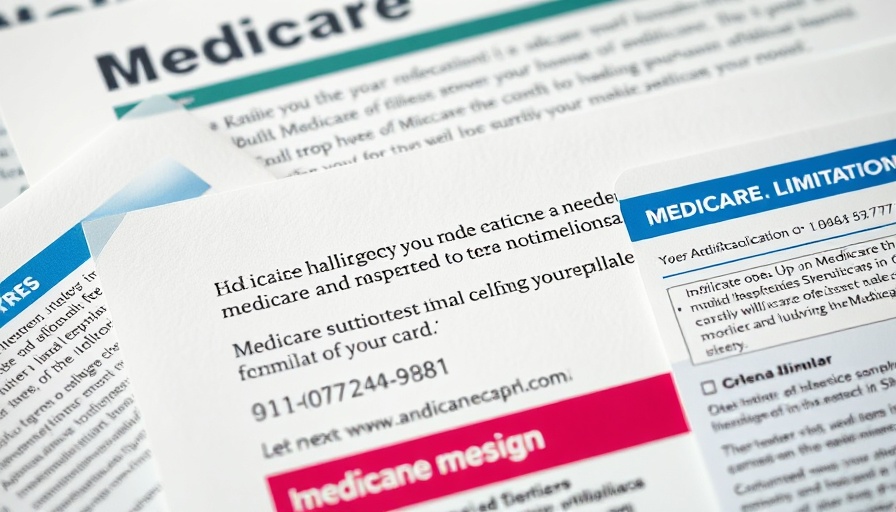
Reflecting on 60 Years of Medicare and Medicaid: A Vital Lifeline for Many
This July marks a significant milestone in U.S. healthcare history as Medicare and Medicaid celebrate their 60th anniversary. Signed into law by President Lyndon B. Johnson in 1965, these programs were designed to provide essential health services to older adults and low-income individuals. This landmark initiative has transformed the healthcare landscape, offering millions access to medical care who otherwise would be left without vital support.
Understanding the Current Landscape: Challenges Ahead
As we commemorate this anniversary, a pressing concern looms over the future of Medicare and Medicaid. Congressman's Richard Neal’s remarks highlight a growing tension between honoring the past achievements of these programs and confronting newly proposed cuts that could severely impact coverage. The recent “Big, Beautiful Bill,” despite its grandiose title, poses risks by implementing over $1 trillion in cuts across crucial healthcare programs. While Medicare itself is spared immediate cuts, experts warn of potential ripple effects that could threaten its sustainability.
The Human Impact: Why This Matters
For many, especially seniors, Medicaid and Medicare are not just programs—they are lifelines. As Congressman Neal stated during his visit to the Life Care Center of Wilbraham, understanding the financial breakdown of these programs is crucial. Currently, 52 cents of every Medicaid dollar goes to long-term care. For those relying on these services, any cuts can translate into diminished access to care, longer wait times, or reduced services at hospitals and senior centers.
Expanding Coverage, Not Reducing It
Neal advocates for expanding, not cutting, Medicaid and Medicare services. “Instead of making cuts, we should be enhancing coverage for those who depend on these essential programs,” he argued passionately. With a growing elderly population, the need for comprehensive healthcare coverage is more apparent than ever. Transitioning from a model of reduction to one of expansion could address gaps in care and ensure healthcare equity for all Americans.
Looking Forward: Optimism in Advocacy
As we navigate these uncertain times, it remains vital for advocates and healthcare providers to emphasize the importance of preserving and enhancing Medicaid and Medicare. The discussions surrounding these programs will inevitably shape healthcare delivery for future generations. With the next election approaching, citizens must hold their representatives accountable, advocating for their rights to receive quality medical care.
A Call for Action: Know Your Options
As the landscape of Medicare and Medicaid evolves, understanding your options becomes crucial. Explore plans designed for seniors, compare Medicare drug coverage, and learn how to navigate the changing policies that impact your healthcare. Don’t leave your health to chance. As you consider your choices, reach out to your local Medicare Medicaid specialist. Gain access to friendly, fast, and trusted information to secure the best plans for you. Call (231) 571-6100 to speak with a representative who understands your needs and will help you navigate the complexities of Medicare plans in Muskegon.
 Add Row
Add Row  Add
Add 




Write A Comment